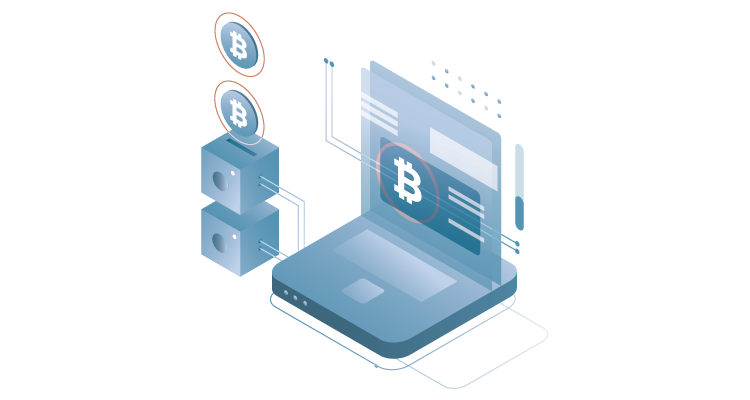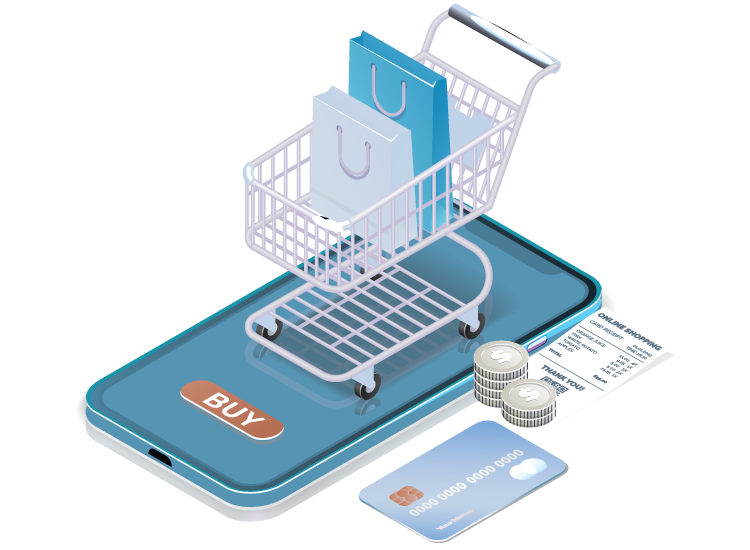As we enter 2023, it’s clear that the way we make payments is rapidly evolving.
80 percent of buyers now prefer to use cards instead of cash – and non-card payments are on the rise as well. With credit and debit cards no longer the only alternatives to physical currency, businesses that want to stay competitive and meet the changing needs of their customers must be prepared to adopt modern payment methods.
In this article, we’ll explore four emerging trends in the payment industry:
Mobile Payments: The Future of In-Store Transactions
Mobile payments, which allow customers to make payments using their smartphones, smart watches, or other mobile devices, are rapidly gaining popularity.
According to a report by eMarketer, mobile payments are expected to be used for more than half of all online transactions in the US by 2023. Apple Pay remains the most popular mobile payment method, with 43.9 million established users at the end of 2021 and projections for 14.4 million more by the end of 2025. Google Pay, Samsung Pay, and the Starbucks App round out the remainder of the top 4.
Why are mobile payments growing so quickly? The increasing ubiquity of smart devices, as well as the convenience and security that mobile payments offer, are the primary drivers. Mobile purchases help buyers pay for what they want on move on with their day; customers don’t have to fumble around in their wallet for cash or a credit card. Especially for younger customers who are used to having a phone or smart watch accessible at all times, it’s a much more seamless shopping experience.
Mobile payments can be measurably faster than traditional card-based payments, which is especially important for in-store transactions. When every second counts – and long checkout lines can dramatically impact a customer’s perception of a merchant’s customer service – businesses that want to stay competitive in the fast-paced retail environment should be prepared to accept mobile payments.
Contactless Payments: A Modern Payment Method with Post-Pandemic “Staying Power”
Another trend in the payment industry is the growing popularity of contactless payments.
While they’d been an emerging option before 2020 (valued at $1.05 trillion in 2019), they were widely adopted as a safer alternative to handling cash or passing credit cards back and forth during the pandemic. Even now that businesses have returned to a new normal, the convenience of contactless payments has helped them remain a popular alternative payment method. By 2027, they’re expected to surpass $4.60 trillion in USD.
That’s a massive market share for modern merchants to take advantage of.
So: how do they work?
Contactless payments allow customers to make payments by holding their NFC-enabled credit card or mobile device near a payment terminal, instead of swiping or inserting their card in a machine and waiting for it to process. This eliminates the need for customers to handle cash or physically tap or dip their cards.
Like mobile payments, tap-and-go payments are faster and more convenient than traditional card-based payments. Some processors note that they can be completed in as little as two seconds.
The speed makes touch-free payments especially beneficial for small transactions. Customers who are buying something small (like a coffee or a newspaper) can make it a seamless part of their day, not having to stop and sign for their transaction or enter a PIN. Here too, modern businesses are making fast and easy contactless payments a part of their customer experience strategy.
Digital Wallets: Speeding Up Online Transactions
Digital wallets are another trend that businesses are using to modernize their payment operations – especially when it comes to e-commerce.
A digital wallet is a mobile app or service that allows customers to store their payment information for fast and easy payments. This comes in especially handy when shopping online. Instead of having to manually enter their credit or debit card details on a checkout page, they can choose a stored card from an electronic wallet to complete the transaction with a few clicks.
On the merchant side, security is a major benefit of letting customers pay with digital wallets. Instead of processing, transmitting, or storing card numbers, CVVs, and expiration dates within their own environment, they only have to store a payment token on their system. This considerably reduces their PCI compliance requirements, while keeping their customers’ card data more secure.
Cryptocurrency: A High-Risk – but High-Reward – Modern Payment Method
Last but not least, businesses should also be aware of the growing trend of cryptocurrency (crypto) payments.

Cryptocurrency payments offer a number of benefits for businesses. They allow merchants to reach a global market, as cryptocurrency can be used anywhere in the world. They use blockchain technology to ensure the integrity of each transaction, making them highly secure. They’re irreversible, which eliminates the risk of a chargeback. Furthermore, cryptocurrency payments are decentralized, meaning that they are not subject to the same fees and regulations as traditional payment methods. Lower processing fees mean that businesses can keep more of their revenue (a crucial thing no matter what kind of payments are being used).
Of course, it is important to note that while cryptocurrency adoption rates are growing, it is still a new and niche payment method. Businesses must weigh the benefits and drawbacks of accepting electronic cryptocurrency payments before implementing them. For instance, cryptocurrencies tend to be fairly volatile (especially in comparison to traditional currencies), with rapidly fluctuating values. This makes crypto one of the riskier modern payment methods.
Discover New Ways to Stay Competitive with Modern Payments
Businesses that want to stay competitive in the ever-evolving world of payments must be prepared to adopt modern payment methods. Mobile payments, contactless payments, digital wallets, and cryptocurrency payments are all promising ways to increase sales, improve the customer experience, and stay ahead of the curve.
Considering adopting modern payment methods at your business? Contact Curbstone to learn more about your options.


